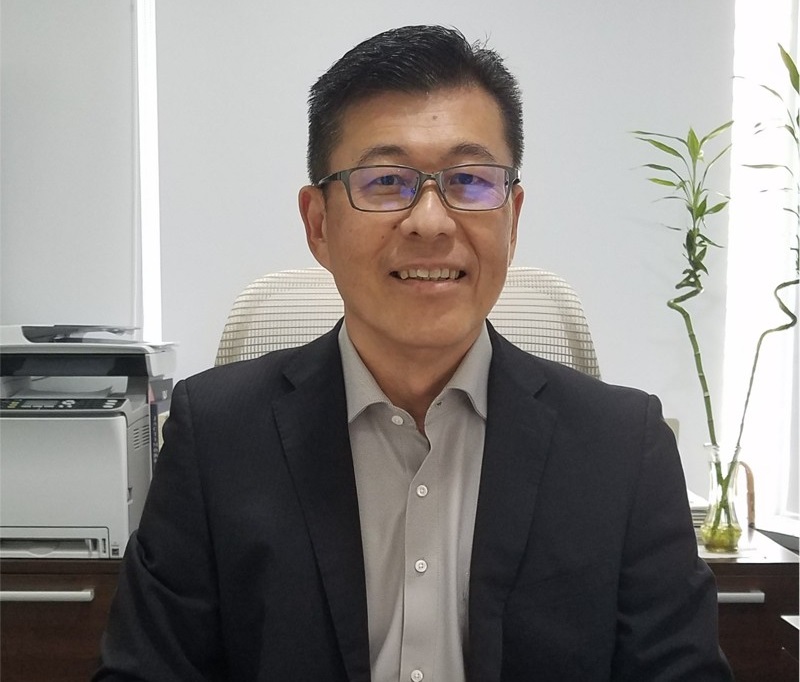
Medicine and technology have made tremendous strides toward defeating one of the deadliest diseases of the world, despite the world's continued search for a cure for cancer. Although there are a wide variety of cancer treatments available today, the difficult truth is that these treatments usually come with side effects worse than cancer itself.
Soaring cancer cases in Singapore
According to the Singapore Cancer Registry Report 2019, Singapore had 189 cancer cases per 100,000 of the population, between 1968 and 1972. That average increased to 235 cancer cases per 100,000 individuals between 2015 and 2019.
It is a sobering fact that one in three Singaporeans will be diagnosed with cancer in their lifetime, making cancer the number one killer in Singapore. This has triggered an urgency in Singapore's fight against cancer.
In response to the exponential increase of cancer cases, Singapore is fast becoming a leader in cancer treatment within Southeast Asia. This is especially evident in the reduced number of cancer deaths, despite the exponential increase in cancer cases – with an average of 93 deaths per 100,000 individuals between 1968 and 1972 and 78 deaths per 100,000 individuals between 2015 and 2019.
To date, the republic has made significant investments in cancer research, more recently with a sum of S$ 25 million being dedicated to liver cancer research. These investments have nurtured more opportunities for collaboration across various research and medical institutions.
In the field of medicine, Singapore has been seeing a number of successful outcomes, including the newly developed ETC-159 drug targeted at solid tumours including colorectal, endometrial, ovarian and pancreatic cancers.
But even with all the treatment options available today, cancer still has far-reaching consequences, even for those who may eventually recover. The journey to recovery itself is not an easy feat. Most of the time it comes with severe side effects that will drastically impact the lives of cancer patients.
This is where technology has shifted the needle, providing a more holistic approach to cancer treatment. Beyond medicine, Singapore is beginning to see the benefits of investing in the technological aspect of cancer treatment.
A less abrasive approach
Early cancer detection needs to be accompanied by less abrasive approaches to treatment so that they are able to carry on with their responsibilities and continue to enjoy their quality of life. The good news is that there are such options available in the market today.
One such revolutionary tech-enabled treatment is Proton Therapy – a cutting-edge cancer treatment that reduces side effects commonly found in conventional radiotherapy.
With conventional radiotherapy, photon beams are used. These are essentially light particles which are very small and have the ability to pass through many tissues. While they are used to target cancerous tumours, these photons tend to also affect surrounding tissues behind the tumour.
Conversely, protons are larger particles that can be hurled at incredible speeds with the help of magnets, to focus solely on where the tumour is located, without compromising surrounding healthy tissue.
Proton Therapy works by sending protons to the site of the tumour, where they release their energy. The healthy cells in front of the tumour get a low dose of radiation, and the ones behind it are not exposed at all. With Proton Therapy, patient’s side effects that are commonly associated with conventional radiotherapy are minimised.
While this technology has already been in use in Japan and the USA, it is now available in Singapore – a first in Southeast Asia. This will offer more treatment options for Singaporeans affected by cancer.
The new NCCS building houses a comprehensive therapy centre, named the Goh Cheng Liang Proton Therapy Centre, which will start operations in 2023. The centre will be fully integrated with a Proton Therapy system produced by Hitachi Asia.
Cure for cancer in sight?
The fight against cancer is tough, and the road to recovery is often long. Collaboration between medical professionals, research institutions and technology providers will be pivotal to providing cancer patients a sustained quality of life, whilst seeking treatment.
For all we know, with continued efforts and collaboration in cancer research, we might very well see the cure for cancer available within our lifetime.
Chew Huat Seng, Managing Director, Hitachi Asia, Malaysia




